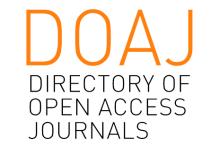Resource information
Possibilities of bee forage identification and mapping based on multispectral images Landsat 8 have been shown in the research. The satellite images can be used to determine areas of crops that are resource for nectar and pollen such as sunflower, buckwheat and corn. Identifying bee forages was based on methods of supervised classification such as minimum distance to means, the linear discriminant analysis, the maximum likelihood, the parallelepiped and the k-nearest neighbors.
The accuracy of classification methods of remote sensing data for identification of pollen and nectars cultures was compared. The method of maximum likelihood showed the best results for buckwheat and good one for corn and sunflower fields by 13/07/2016. Also this method showed good result for corn and sunflower fields, and poor result for identification of buckwheat fields by 29/07/2016.
The stage of flowering plants is the most important period of cropgrowth phase for beekeeping because it is the periodof formation of pollen and nectar. Therefore identification of bee forage has been analyzed vegetation period from germination to flowering. Images of Landsat 8 (sensor OLI) by 26/05/2016, 27/06/2016, 13/07/2016 and 29/07/2016 have been used in the research.
The optimum period of remote sensing data for identification agricultural crops of bee forage has been determined. Buckwheat fields can be identified more effective in mid-July. Corn fields can be determined at the end of July. Sunflowers can be identified well as before flowering as during flowering.



